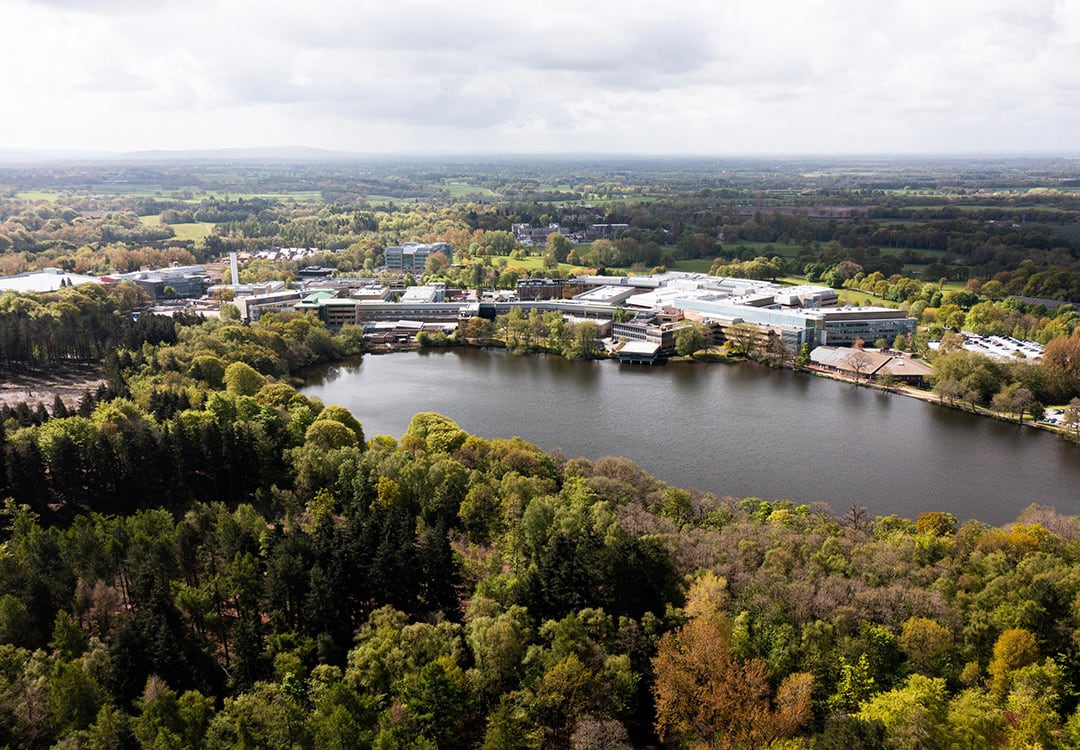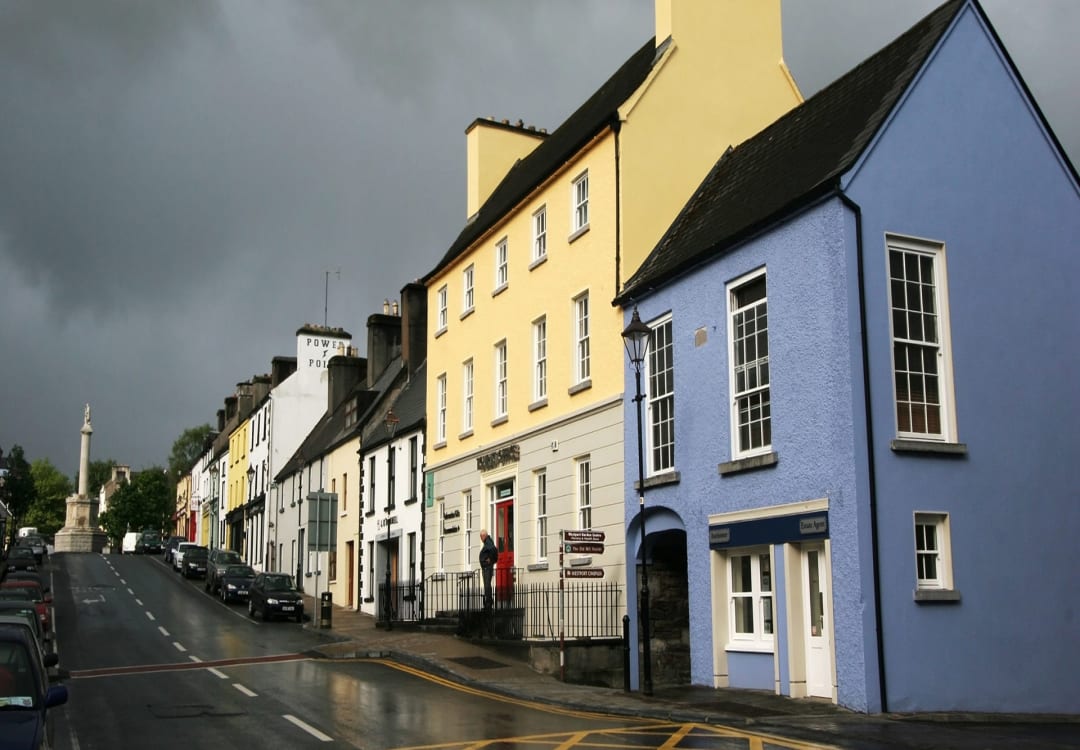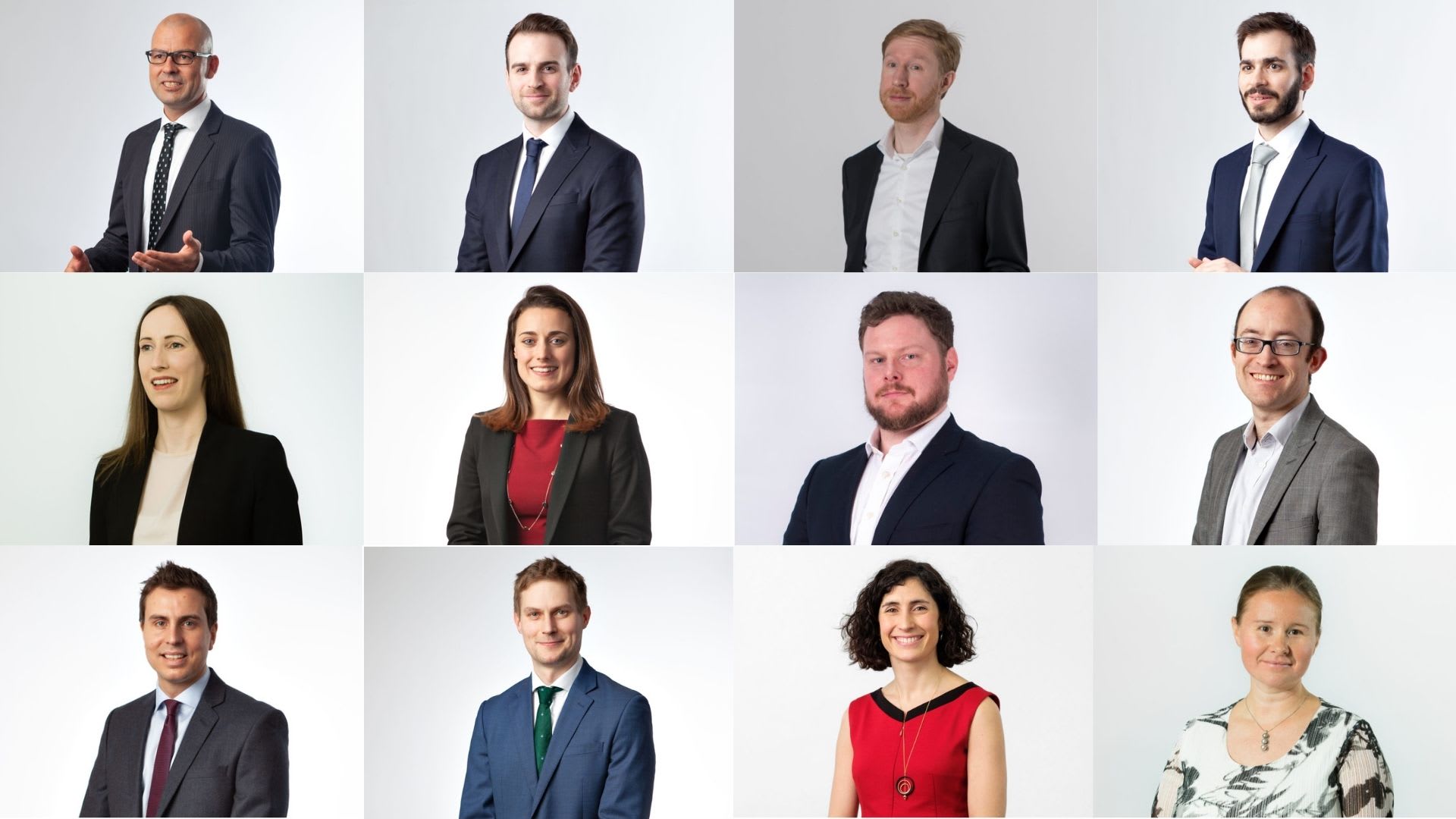Neuigkeiten
Food technology companies and investors – the value of IP landscape analysis
September 2022
Case study – alt fat innovation
Many companies and investors are aware of the importance of identifying and protecting their innovations, and in particular of the importance of obtaining patents to prevent others from using their technology and secure a competitive advantage.
However, IP goes beyond protecting a company’s own inventions. Awareness of third party IP is just as important and an understanding of the IP landscape in a particular field can reveal a wealth of valuable information of benefit to companies and investors:
1. Patentability & validity
Assessing the patent landscape before filing a patent application will give an idea of relevant prior art in the field i.e. what has previously been described in the patent and non-patent literature. This is useful in order to assess novelty and inventive step; two requirements that must be met in order for a patent to be granted, and allows for an efficient drafting process and a patent application that is potentially in a stronger position from the outset.
For those thinking of investing in or acquiring patented technology, an idea of the patent landscape and relevant prior art will be important for determining the likely scope of protection available to a pending patent application and the strength of a granted patent to possible challenge by third parties. Furthermore, if there are any third party patents that stand in the way of planned commercial activities, a prior art search to identify documents that might invalidate those patents could produce a valuable negotiating tool, or a weapon to use in a potential challenge.
2. Freedom to operate
Prior to commercialisation, a company and its investors will want reassurance that they are not likely to infringe a third party patent by launching their product or operating their process. To do this, a freedom-to-operate (FTO) search should be performed. For various reasons, which we have not discussed for the sake of brevity, the focus of an FTO search is different to a prior art search.
While a FTO search is not guaranteed to identify every patent or patent application that could potentially pose a threat, is important for catching the most relevant documents and will give companies, and their investors, an indication of the level of risk involved in the proposed commercial venture.
3. Technical inspiration
With over 3.3 million patent applications filed in 2020[1], the patent literature also provides an under-utilised research tool: a wealth of technical information which may not have been published elsewhere. In order to meet the legal requirement of sufficiency of disclosure, patent specifications must describe the inventions they claim in detail, often including experimental methodology detailing how to make and use the technology. Therefore, a landscape search of the patent literature can often reveal valuable information that companies may use to help solve technical problems.
Case study – alt fat landscape search
Company A, an innovator in the field of meat substitutes, is faced with the problem of replacing animal fats without compromising the taste and texture of its products. To assist its research, the company conducted a landscape search of the patent literature to identify potential solutions. The search identified three approaches others have taken in response to similar problems:
(i) Emulsions and gels
The search revealed a number of documents describing the use of emulsions and gels to reduce the fat content of foods and produce healthier alternatives. In particular, the search identified patents relating to oleogels – semi-solid systems in which a continuous oil phase is immobilised in a network structure – including granted patent EP3387909B1 which describes immobilizing a liquid oil using structures formed by the combination of monoglycerides and high melting point fats. Although this patent is not specifically concerned with meat substitutes, it is generally directed to the concept of reducing saturated fats in foods by conferring on oil the organoleptic properties of solid fats. Thus, Company A would need to carefully analyse this patent if it were to consider incorporating similar technology in its meat substitute products.
The claims of the granted patent suggest that the technology may have been around for some time since the scope of claims to oleogels themselves appears to be fairly narrow. If Company A decides to use oleogels in its products, it will need to design around the claims of EP3387090B1. Furthermore, any patent application filed by Company A to its own oleogel product may end up with a narrow scope in view of the prior art.
(ii) Microbe-derived oils and fats
The landscape search also identified companies that are using engineered microbes to produce tailored oils and fats. The patents identified have claims to the microbes themselves, methods for producing oil using the cells, and oil compositions. Often in these types of patents, the scope of protection is defined in terms of the enzyme used within the microbe which produces the oil and/or the fatty acid profile of the resulting oils. This tells Company A that third party companies may already have relatively broad protection for fat-producing recombinant cells, making it more difficult for competitors to design around the IP.
If Company A chooses to use engineered microbes it should conduct a more detailed analysis to assess the infringement risk of commercialising in this area.
(iii) Cultured adipose
The search also revealed patent applications aimed at overcoming the drawbacks of plant-based fats by culturing adipose tissue. The prior art cited by patent offices against these patent applications suggest that the field of cultured adipose is newly developed. For Company A, this could mean less competition should it decide to develop its own cell culture process, although it would need to steer clear of any claims granted in existing patents to avoid potential infringement.
The landscape search thus informed Company A not only about the different technologies which could be used to replace animal fats, but also provided valuable information about the companies already operating in the Alt Fat field, the existing IP that Company A would need to avoid in developing its own products, and the types of claims that Company A might be able to secure in future for its own innovations. Once Company A has selected an approach to developing its own fat substitutes, it would be advisable to carry out further, more focused FTO searches, and monitor any pending applications which may be relevant to Company A’s commercial activities.
[1] Source: WIPO Facts and Figures: https://www.wipo.int/edocs/infogdocs/en/ipfactsandfigures/
This article was prepared by HGF Partner & Patent Attorney Kerry Rees and Patent Director Dr Jennifer Bailey.
Kerry will be attending the Future Food-Tech London 2022. Please reach out to Kerry if you wish to discuss any of your IP needs.































